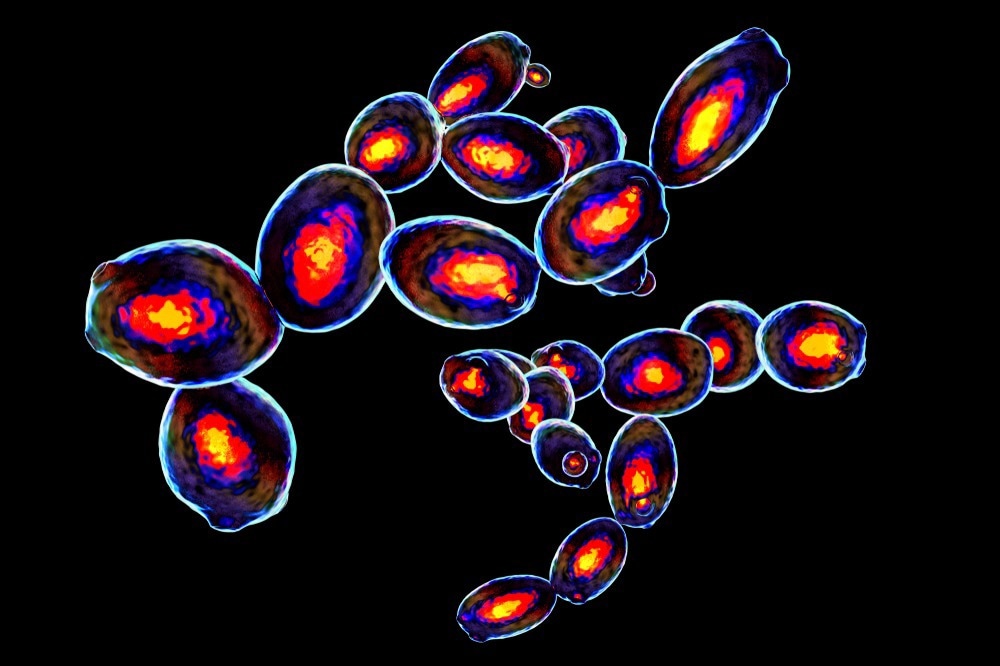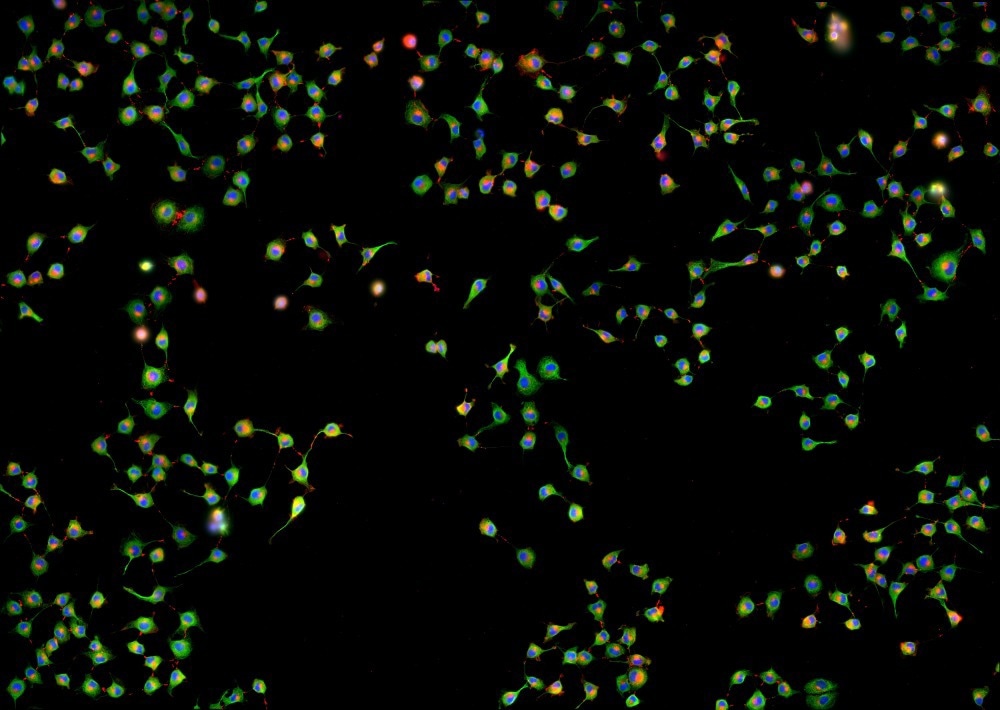Introduction
Flow Cytometry
Problems with Acquiring Data in Flow Cytometry Experiments
What are FMO Controls?
How Necessary are FMO Controls?
FMO Controls vs. Isotype Controls
Summing Up
References
Capturing accurate data in flow cytometry studies is important for elucidating biological processes and structures. Much like any other study, controls are needed. This article will provide an overview of fluorescence minus one (FMO) controls and how they are used in flow cytometry and fluorescence experiments

Image Credit: Kateryna Kon/Shutterstock.com
Flow Cytometry
Flow cytometry detects and measures the chemical and physical properties and characteristics of particles or cells within a population. Samples are suspended in a liquid, held in a tube, and counted one at a time by a laser in a high-throughput manner. The data gathered on the sample is then analyzed by specialist software. Cells are stained with a variety of fluorochromes, depending on what characteristics need to be determined in the experiment.
Flow cytometry is a key technique in medical and life science research. It is used in several applications and fields of study. Flow cytometry can provide information on the presence of microorganisms, gene expression, biomarker detection, and disease diagnosis, as well as being used to count and sort cells in a population.
Problems with Acquiring Data in Flow Cytometry Experiments
In a flow cytometry experiment, there can be problems with acquiring accurate data from a fluorescent sample. Measurement errors can occur due to processing errors, log amplifier inaccuracies, and counting statistics. These must be compensated for to reveal errors and provide the correct information on the cell population under study. Measurement errors increase as the number of photons counted increases. This spread of compensated channel data is more noticeable in brighter populations of cells.
To minimize issues with data spread, the researcher can design a better experiment or avoid channels where there is a large amount of data spread. Controls help to interpret the data accurately.
What are FMO Controls?
This type of control determines the cut-off point between background fluorescence and the fluorescence generated by positive populations within a sample of cells. This is important as background fluorescence can cause confusion in the data and affect the overall accuracy of a flow cytometry experiment using multicolored fluorescence. This separates the positively stained cells from the negative background cells in a population.
In a fluorescence minus one control, all the cells in a population except one are stained with fluorochromes, hence the name. If a multicolor fluorescence study is being performed, there is one control per fluorochrome. FMO controls are vital for positive cell populations that are presented as a smear rather than being distinct from the negative cell population. FMO controls contain all the fluorochromes in a panel minus the one measured in the flow cytometry experiment.
Negative populations tend to “spread”, exacerbating issues with determining positive cell populations in a cytometry sample. Multiple fluorochrome overlaps contribute to this spreading, making it vital to include an FMO control or multiple FMO controls. FMO controls help determine how the gate is set in a flow cytometry experiment. Additionally, when expression levels are low, an FMO control will help overcome the issues of determining positive cell populations.
Essentially, FMO controls are the gating controls in an experiment that ensure accurate data capture with minimum interference from other channels.

Image Credit: Damian Ryszawy/Shutterstock.com
How Necessary are FMO Controls?
FMO controls are vital for experiments where a fluorescently labeled cell population needs to be separated from the negative population. They are common practices in a multicolor experiment. Researchers are increasingly being asked for them by reviewers of their studies.
FMO controls may not be necessary for all channels in an experiment, however. They are only needed when positive populations need to be accurately identified from negative populations. For example, this is necessary for studies of dimly expressed antigens or continuous staining distribution. Before an experiment, the panel should be analyzed to determine which channels need an FMO control.
FMO Controls vs. Isotype Controls
Several control types can be used in a flow cytometry experiment. One of the main types of control researchers employ is isotype control, which differs fundamentally from an FMO control.
As has been previously explained, FMO controls provide a gating control. Isotype controls do not. In an isotype control, a different antibody is used for the antigen-specific antibodies. These antibodies have different activities. While they are good at identifying staining problems, isotype controls do not provide information on positive vs. negative populations. Additionally, compensation controls should be employed in a flow cytometry experiment.
Summing Up
FMO controls are good for determining the gate in a flow cytometry experiment and help to provide information on positive vs. negative cell populations. They are vital for experiments that employ multicolored fluorochromes to avoid the spread of fluorescence from other channels in a panel. An FMO control contains every fluorochrome except one, and multicolor fluorescence experiments should include multiple FMO controls for every fluorochrome that needs to be identified.
Read Next: Using Flow Cytometry in Disease Diagnosis
References:
Further Reading
Last Updated: Feb 1, 2023